The basic three types of paddle board
There are several types of paddle board, but if you’re starting out and looking to choose one, you need to know about the basic three choices.
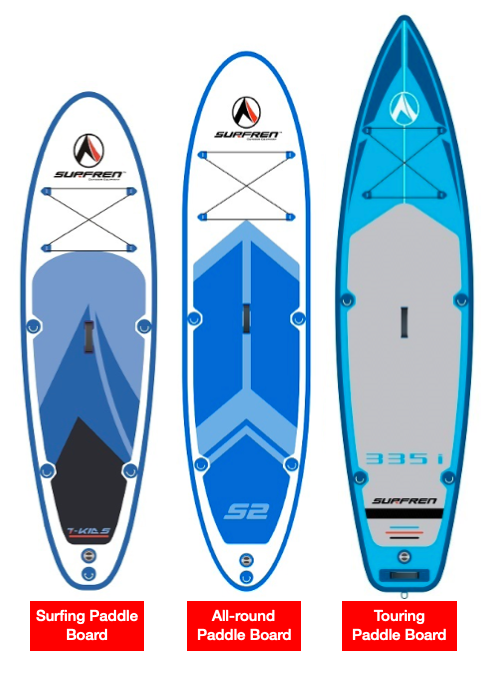
A typical iSUP board can be used for a range of activities from ‘regular’ surfing to yoga to even touring the seas! The ease of performing any of these activities with your SUP board rests chiefly on the type of paddle board you have, and this is why you need to be informed before getting one.
Different boards have different functionalities as well as specific ones that they are more suited to and this article aims to help you discover the exact type that is perfect for you.
Excluding racing paddle boards, there are three main types of inflatable paddle board for the newbie, and this classification is for the most part, based on the length of the boards. The length plays a major role in determining ease of handling. This would be further emphasized in the classification:
- Surf Paddle Boards
- All Round Paddle Boards
- Touring Paddle Boards
Note that the lengths given are just rough guidelines for the type of paddle board. You should check in more detail which specific length will suit your weight and height before you buy.
Surf Paddle Board
From the name, you can tell that this one is great if all you want to do is surf. They usually have an average length of around 9 foot, and can be maneuvered without any hassle.
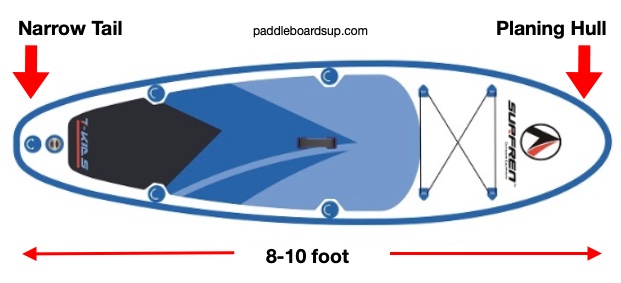
Most of the time, they come with a planing hull (rounded) and a pretty narrow shape. You will also notice it has a narrow tail as this makes the board more responsive to foot pressure when turning. The length in conjunction with the shape and a reduced thickness makes it perfect for surfing waves, and it is great for kids too!
Note that for kids, the ideal length is usually around 8’. The board doesn’t go too fast, so you shouldn’t worry about losing control, but if you’re a sucker for speed, then perhaps, this board isn’t for you.
All Round Paddle Boards
This board is an upgrade from the surf-type and usually comes in around 10’ to 12’. They are also wider and thicker and a lot more versatile than the surf version.
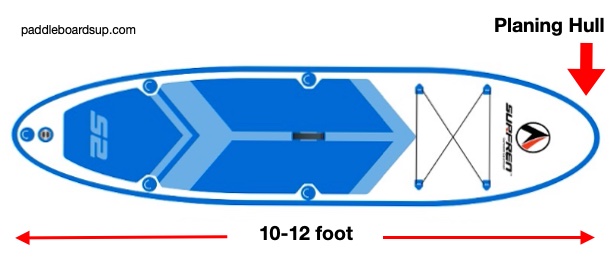
Stability is enhanced in this board thanks to its width and it’s a great board for first-timers since it allows for experiencing every area of the sport. For this length, you would find a displacement-hull (pointed) SUP on occasion, but they almost always come with a planing hull, which, alongside their width, helps with stability.
All round paddle boards are great for open ocean touring, yoga, and also support regular surfing, so it might be a good choice if you may want to surf but it’s not your main activity with the board.
Touring Type Boards
Touring boards are specifically optimised for lovers of speed and paddlers who want to tour for longer distances. They are longer than all-round boards, sporting an average length of 12’6” and above.
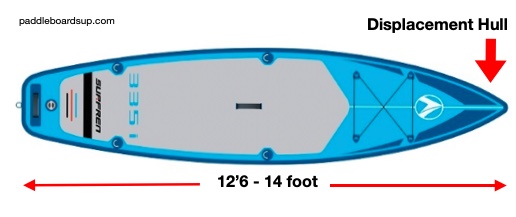
The nose area of the board is extra pointy (displacement-hull), streamlining the board to slice through the water efficiently, keep on a straight track, as well as boost glide. So they are excellent for more speed.
As they are usually thinner than all-round paddle boards, you’ll need better skills of balance, so if stability on the board is not your strong point, you are better with the all-round board.
More often than not, they are displacement-hull SUPs and sport rounded sides that enhance speed and glide. For touring extensive distances or paddling faster, this board is ideal.
Types of Paddle Board: The bottom line
There’s nothing like the exhilaration that comes with paddle boarding – the wind blowing in your face and cruising on the waves. Stand-up paddling has gained so much ground thanks to its versatility, which makes it appeal to a lot of people.
Depending on your preference, with this overview of the basic types of paddle board, you can now easily pinpoint the board type that is best for you. And always keep in mind that you would only enjoy your sport if you get the right board. Get to choosing!
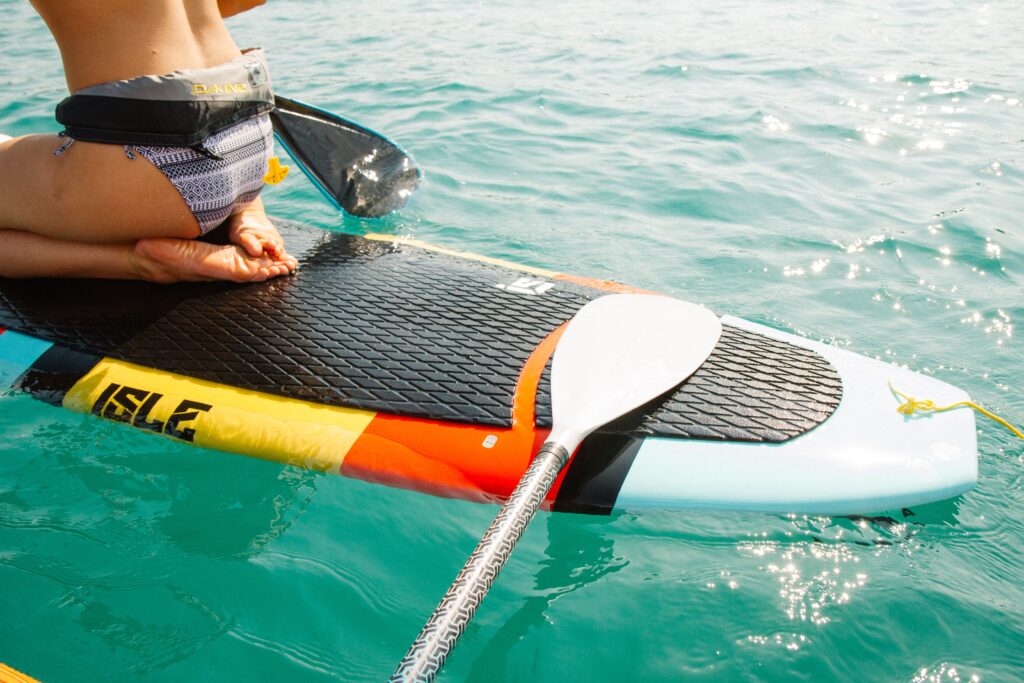
Leave a Reply